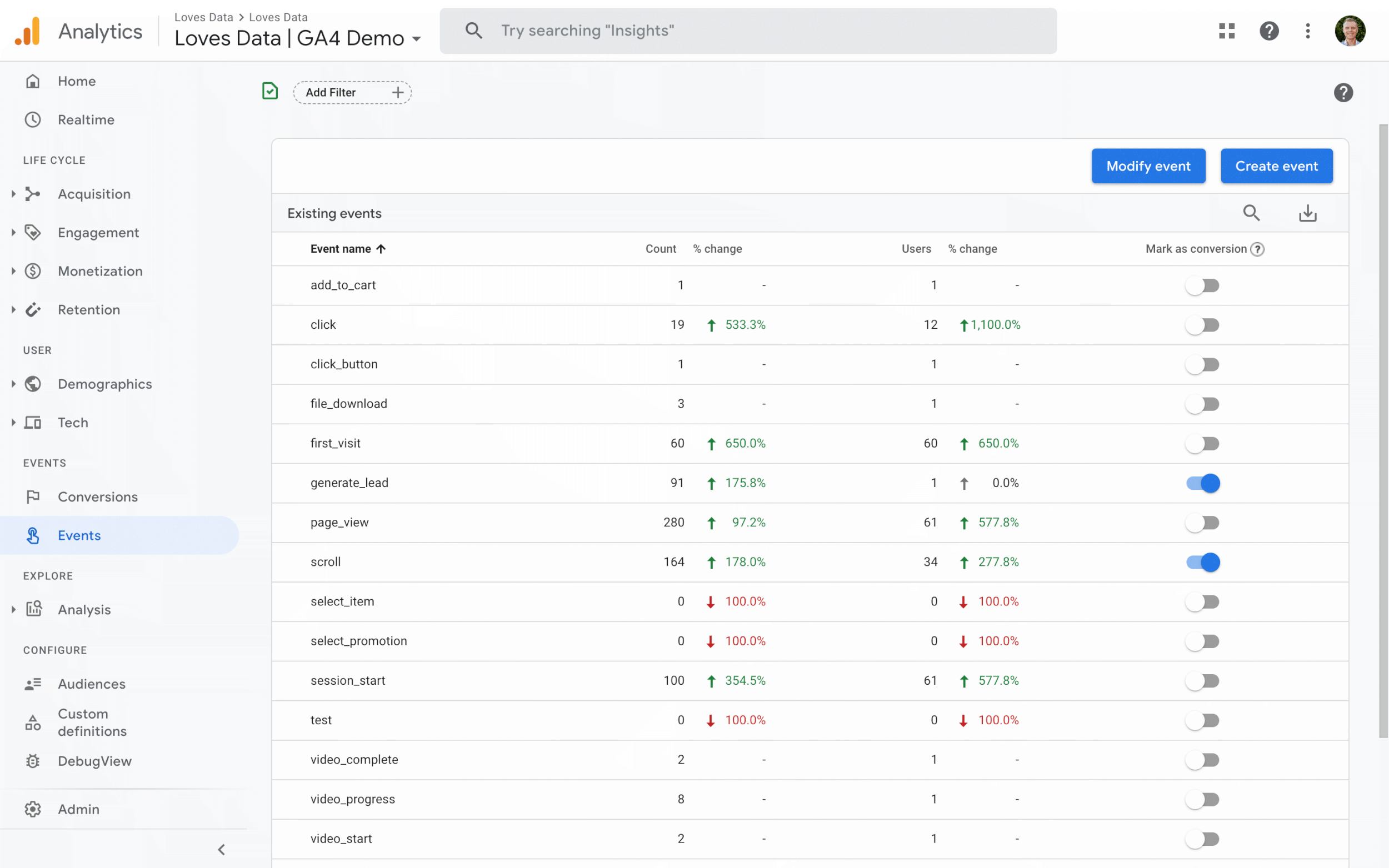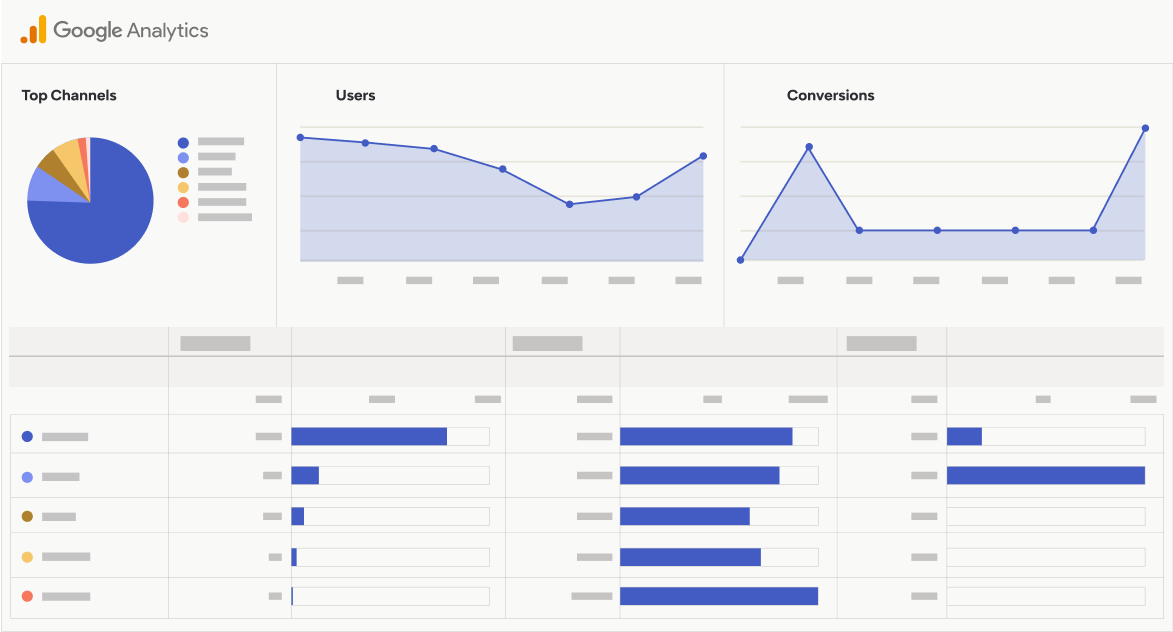Master Website Insights With Accurate Google Analytics Monitoring Code
The effective application of Google Analytics hinges on the specific application of its tracking code, an essential action commonly overlooked by web site owners. What are the typical pitfalls that could weaken your monitoring efforts, and just how can you guarantee precision in your technique?
Comprehending Google Analytics Essentials
Google Analytics is a vital tool for site owners and marketing experts, supplying invaluable understandings right into user habits and internet site performance. At its core, Google Analytics gathers information about visitors to a web site, allowing customers to evaluate metrics such as web traffic resources, customer engagement, and conversion rates. Recognizing these fundamentals is crucial for enhancing a website's effectiveness and improving individual experience.
The system uses cookies to track communications, recording data such as page views, session durations, and bounce rates. This info is accumulated and offered via customizable dashboards, enabling individuals to picture fads with time. Trick efficiency indications (KPIs) can be monitored, such as the total variety of users, new versus returning site visitors, and the geographical circulation of the target market.
In Addition, Google Analytics supplies division attributes, permitting users to separate details website traffic resources or customer demographics for even more targeted analysis. By mastering these foundational components, internet site proprietors can make educated decisions about web content approach, marketing projects, and overall site renovations. Inevitably, recognizing Google Analytics fundamentals is necessary for leveraging data to drive growth and achieve organization goals successfully.
Setting Up Your Monitoring Code

Copy the provided monitoring code and paste it into the HTML of your website. This makes certain that the monitoring code loads prior to any type of other web content, allowing it to record data accurately.
After installment, verify that the monitoring code is working correctly by utilizing Google Tag Aide or the Real-Time records in Google Analytics - when does the google analytics tracking code send an event hit to analytics?. This step is important to validate that your data collection is energetic and precise, establishing the foundation for informative analysis
Typical Monitoring Code Issues
This might take place when the monitoring code is positioned in the wrong section of the web site's HTML, usually leading to missing or insufficient information. In addition, having multiple instances of the tracking code on a single page can result in filled with air metrics, as user interactions may be counted a lot more than as soon as.
Another issue occurs from the use of ad blockers, which can stop the monitoring code from executing altogether, thus skewing data. when does the google analytics tracking code send an event hit to analytics?. Furthermore, failure to configure filters appropriately can cause the exclusion of vital web traffic sources or the inclusion of undesirable reference spam, misshaping the information collected
Site owners may also neglect the significance of tracking code updates, particularly when migrating to Google Analytics 4 (GA4) from Universal Analytics. Lastly, insufficient screening prior to introducing modifications can lead to undiscovered errors in the monitoring code, better making complex information dependability. Dealing with these common concerns is crucial for ensuring exact monitoring and insightful analytics.
Studying Web Site Data Effectively
Exact information collection is only the first action in leveraging Google Analytics; the genuine value hinges on successfully examining that data to drive educated decision-making. To attain this, it is necessary to recognize essential performance indicators (KPIs) that straighten with your service goals. Concentrate on metrics such as conversion rates, customer interaction, and traffic resources, as these will give insights into customer habits and the total efficiency of your site.
Making Use Of Google Analytics' segmentation attributes enables a deeper understanding of your audience. By damaging down data into certain demographics, behaviors, and traffic networks, you can uncover patterns and patterns that educate targeted approaches. Implementing custom-made reports and dashboards can simplify this process, enabling quick accessibility to pertinent data.
In addition, on a regular basis evaluating data fads in time aids to identify abnormalities and chances for renovation. Utilize visualization devices to existing information in an easily digestible style, facilitating much more reliable interaction with stakeholders. Ultimately, the capacity important link to assess website data successfully empowers businesses to make critical choices that boost user experience, optimize marketing efforts, and drive growth.

Ideal Practices for Accurate Monitoring
Carrying out efficient tracking techniques is critical for acquiring reputable data in Google Analytics. To make sure accurate monitoring, begin by appropriately installing the Google Analytics tracking code on every web page of your site. This can be completed through a check here tag supervisor or by directly embedding the code right into the HTML.
Following, configure your Google Analytics account to exclude interior website traffic. This can be done by setting up filters that recognize and remove check outs from your company's IP address, thereby avoiding manipulated information. Additionally, use occasion monitoring to check specific individual communications, such as downloads or video clip plays, which standard page views may ignore.
Regularly audit your tracking configuration to verify that all functions, such as objectives and ecommerce tracking, are functioning effectively. Develop a constant identifying convention for your events and projects to facilitate simpler reporting and analysis.
Lastly, think about leveraging UTM specifications for campaigns to acquire insights into the performance of different marketing initiatives. By adhering to these ideal techniques, you can enhance the precision of your data collection and analysis, eventually resulting in more informed decision-making for your website.
Conclusion
Exact execution of the Google Analytics tracking code is crucial for understanding internet site understandings. By making sure the tracking code is correctly positioned and consistently examined, web site proprietors can record crucial individual interaction information, therefore assisting in the identification of key efficiency signs. Effective evaluation of this data, combined with adherence to ideal methods, enables educated decision-making and the optimization of on the internet strategies. Inevitably, a robust monitoring framework enhances the capability to drive engagement and boost general website efficiency.

Inadequate testing prior to releasing modifications can result in undiscovered errors in the monitoring code, additionally complicating information dependability.Executing effective monitoring methods is important for obtaining trusted information in Google Analytics. By guaranteeing the tracking code is appropriately placed and routinely audited, site owners can record important user communication data, hence assisting in the identification of vital performance indications.